
views
Writing a Personal Letter

Ask if there’s anything else you can do. The person you’re apologizing to might have ideas about how else you can make up for your mistakes. By asking them for that input, you’re indicating that you’re willing to do whatever it takes to demonstrate your apology is sincere and to make the situation better. Do your best to be very specific as to what your apology is about. Don't beat around the bush. For example, you can say "I know I really messed up by missing your party after I said I'd be there. Can I take you out for a drink or make you dinner at my place to make up for it? I want you to know how important you are to me."
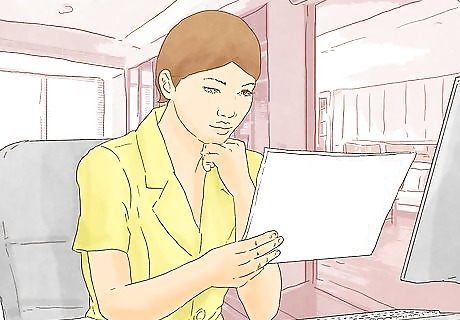
Ask if you can meet for you to apologize in person. Depending on what the issue is, you might want to apologize in person. Before you end your letter, ask if you can meet in a neutral location so you can apologize face-to-face. Keep in mind that depending on the issue, the person might not want to see you, but you should still offer. For example, you can say something like "I'd really like to meet, so I have a chance to apologize in person. Please let me know what day and time might work for you."

Use a signature that conveys your emotions. If you’re sending a personal letter of apology, you can sign off in a more informal way that shows how you feel about the person. You can use “Love,” “I’m sorry,” or “Hugs.”
Writing a Business Letter

Suggest ways to solve the problem. When you’re apologizing for a mistake you’ve made in business, it’s important to let your customer know you want to fix it. Offer solutions to fix whatever it is you’re apologizing for. Make sure they’re actual solutions you can deliver, not just what you think the customer wants to hear. For example, you can say something like "To make up for the fact that we missed your last shipment, we'd like to reship it at no cost to you, plus give you a 30% discount on your next order."

Emphasize that this issue won’t reoccur. In your last paragraph, list the steps you’re taking to prevent the same mistakes from occurring again. Be as specific as possible in describing what you’ve done and how it will prevent a reoccurrence. For example, you can say "I've taken several steps to avoid missing project deadlines in the future. I have set up an online calendar, with reminders one week, one day, and 8 hours before the deadlines. I have also created more detailed to-do lists so each step of each project gets finished in a timely manner."
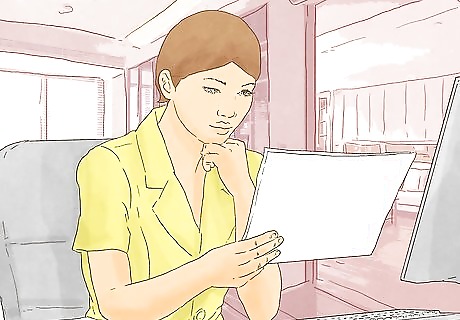
Use an appropriate signature. If you’re writing a business apology, your sign-off should be a little more formal. You can use “Best,” or “Sincerely,” as a sign-off before you sign the letter.
Setting the Right Tone
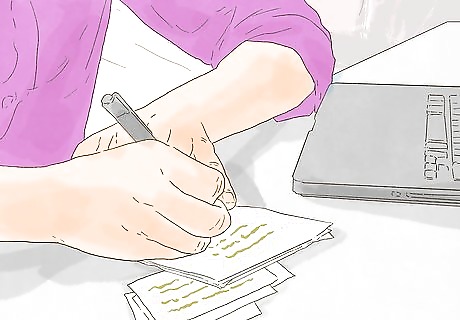
Use a polite but professional tone for business apologies. If you're apologizing for a mistake you made in a business environment, be polite but professional. Explain the situation and apologize as matter-of-factly as you can. Don't use a familiar tone in order to get the recipient to warm up to you. For example, you can say something like, "Again, I apologize for the oversight I committed on this issue. I can assure I have taken steps to ensure this type of mistake never happens again." Don't say something like "I'm really, really sorry and I hope you can find it in your heart to forgive me." That's too personal for a business apology.
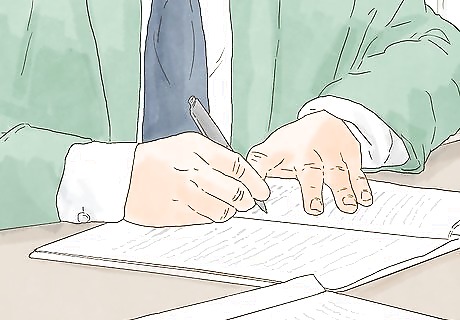
Use a genuine tone for personal apologies. If you're apologizing to someone in your personal life, it should sound personal. Using a tone that's more formal can make the apology sound fake or forced. For example, you can say something like "I'm really, really sorry that I hurt your feelings with my joke. I just wasn't thinking when I said it and I understand why it hurt you. I'm sorry."
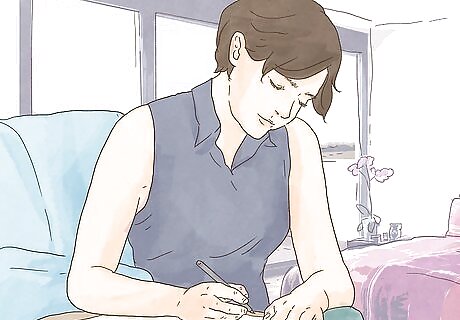
Don't make excuses. It can be tempting to make excuses for the mistake you made, especially if there were other circumstances that led to the mistake. But making excuses can make it sound like you don't really mean the apology. Stick to what you were responsible for and the apology. For example, instead of saying "I'm sorry that this portion of the project got overlooked, but I had the flu and then my daughter was sick and then we had scheduled vacation," say something like "I'm sorry that this portion of the project got overlooked. I have taken steps to ensure that this doesn't happen again."
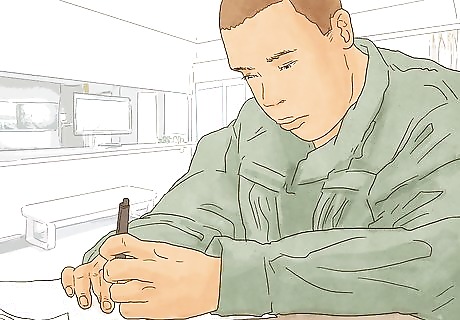
Don’t blame anyone else. It might feel tempting to end your letter by pointing out that you believe someone else was also to blame. Doing this at the end of the letter basically cancels out everything you said before it, and makes it less likely whoever you’re writing to will accept your apology.
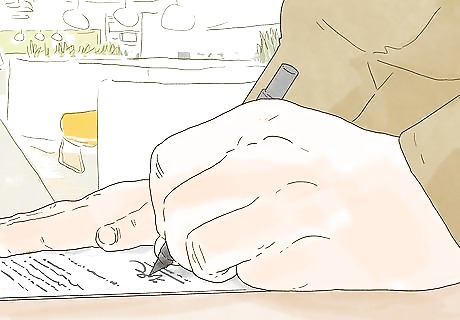
Sign the letter. If you take the time to actually sign the letter it shows that you cared enough to add a personal touch. You should sign both personal and business letters of apology. Print off your letter and sign it ink. A business letter of apology should be mailed, but you can hand deliver a personal apology. If for some reason you absolutely can’t sign a business letter of apology, at least insert a digital signature. Some word processing software will let you actually sign in the document. You can also sign your signature on a piece of paper, scan it into your computer, and save it as an image to insert into such letters.



















Comments
0 comment